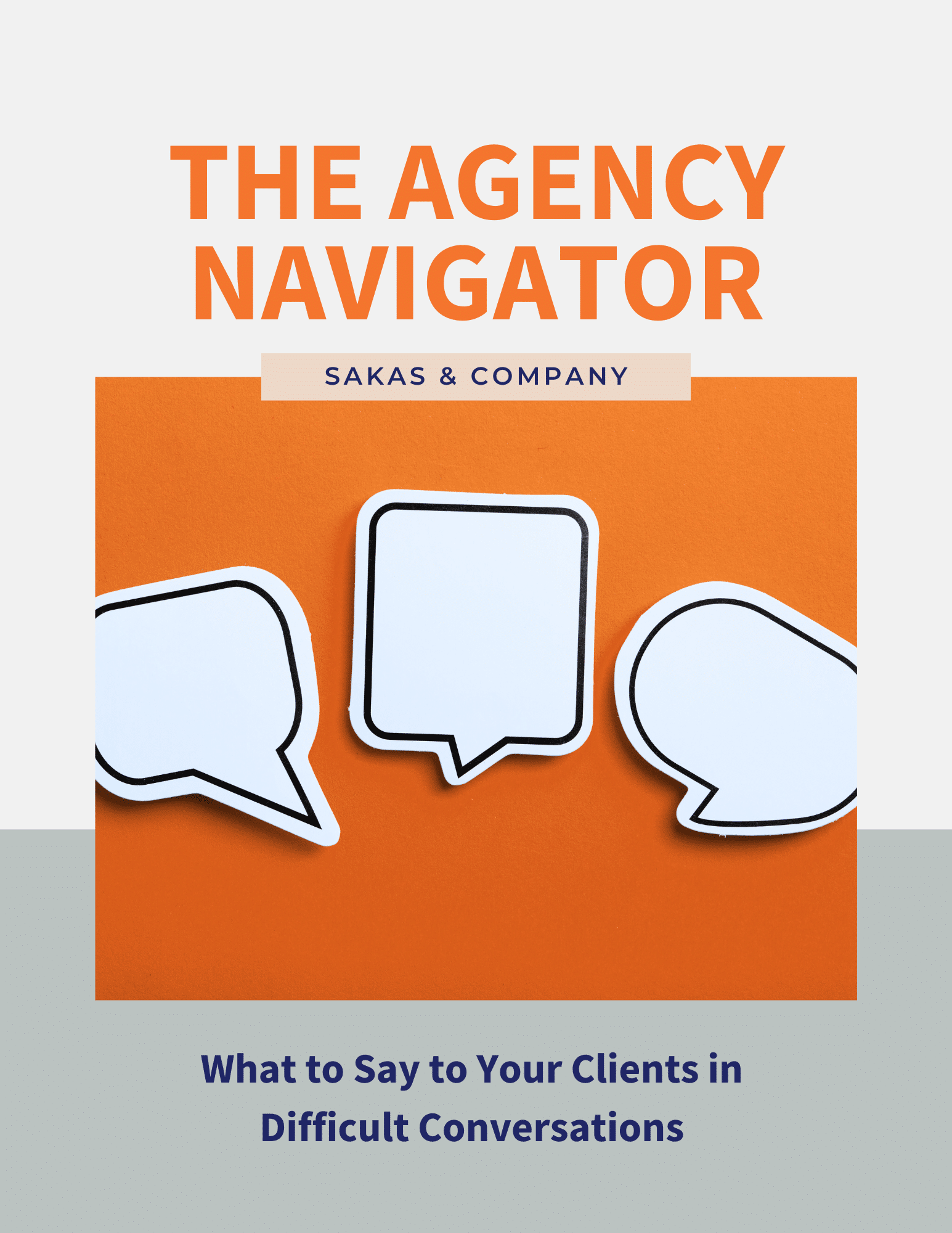Wish you could charge more at your agency but not ready to switch to value-based pricing? Use value-anchoring!
Value-anchoring is a sales technique where you explicitly compare the value clients get from hiring you (high) to what you’re charging (low).
Because you demonstrate how you’re delivering more value than what they’re paying your agency, value-anchoring helps justify higher fees. For instance, charging $200K while having the potential to deliver $900K in value is a great deal for the client.
Value-anchoring is not quite the same thing as value-based pricing. Value-based pricing is the “Holy Grail” of agency pricing, but you shouldn’t implement it unless you’re confident about the value you deliver and how to present it in your sales process.
If you’re not ready to fully commit to value-based pricing, value-anchoring can be a great way to get many of the benefits of value-based pricing, without providing the same level of guarantee. Note that your value-anchoring fees won’t have the upside potential of value-based pricing.
Let’s look at a few agency-specific examples of value-anchoring in the pricing phase of your agency’s sales process.
Value-anchoring for agencies: 3 examples
Comparing Lifetime Value to Monthly Retainer: As the head of client services at an agency, I previously worked with a cosmetic dental practice—their services ranged from exams to a $40,000 “Smile Makeover.” Our client estimated the average Lifetime Value of a new patient to be $7,000—so if we demonstrated our efforts brought in 20 new clients in a month, we delivered $140,000 in value. That was a fraction of the $6,000/month they were paying us—which made it easy to renew the retainer.
Comparing Fees to Lost Revenue: A client who does web development for eCommerce normally charges $200/hour for development services. However, a client can pre-arrange to get faster turnaround in an emergency situation (for instance, the site goes down or a key function stops working). The emergency rate is $400/hour, and the client pre-approves spending up to two hours. If the client would be losing more than $400/hour in revenue during the outage, the high emergency rate is still a good value. That’s especially true when you consider the brand reputation impact of a site outage.
Comparing Investment to Likely Return: An agency providing PPC services should be able to estimate or extrapolate the impact of a particular ad spend. For instance, you might estimate spending $10,000 a month would typically produce $30,000 to $50,000 a month in revenue. That makes the ad spend—and your management fee—a clearly good deal in comparison.
What to do when you can’t measure value
What if you can’t quantify the specific impact of your work? You can still use value-anchoring in other ways—for example, by comparing what they pay you to what they’d pay an in-house person to do similar work.
For instance, if the client needed to pay an employee $200,000 a year but they can get your agency’s more extensive expert help for $150,000 a year, point it out—it’s value-anchoring at work. In that situation, if it’s cheaper to hire a junior Marketing Coordinator, point out that the client wouldn’t get your high level of strategy experience, or your team’s broad range of skills—that’s not a $200K or $150K person.
Think like a personal trainer—it’s your job to get results for clients and ensure clients understand the value they’re getting from your agency.
Value-anchoring gives you qualifying questions for your sales process
Smart agency salespeople ask the right questions during the sales process. These questions help clients and save time for the agency via “fast failure.” If you find the client isn’t willing to share, it’s a sign they may not be a good fit—at minimum, they don’t trust you.
A prospect’s willingness to share business metrics is an important indicator of whether they see you as trusted advisor or just another vendor as they shop around.
Value-anchoring helps you think like a consultant
Many agencies have bemoaned the rise of consulting firms in providing marketing services. In 2017, four of the top 10 agencies were consultancies (Accenture Interactive, Deloitte Digital, IBM iX, and PwC). Those four firms grossed $13.2 billion in marketing services revenue.
Wanna beat ’em? Join ’em—think like a consultant. This includes treating things like a business challenge, not merely a marketing or design challenge. Business people think about results and ROI, rather than creative oomph alone.
When you ask questions that help you measure value for value-anchoring, you’re showing clients you care about the business of their business. And as I noted above, their refusal to share metrics info may be a fast-failure warning.
Applying value-anchoring at your agency
Ready to get started with value-anchoring? Think about your typical services and sales conversations. What are some questions you can ask to make rough estimates of value?
For instance, I can estimate the dollar impact of my help in improving an agency’s profit margins. If revenues are $8 million and profit margins are 15% instead of 20-30%, my consulting help could add $800,000 to $1.2 million to your annual profits. Against that potential impact, my fees are tiny in comparison.
Question: What do you need to change to introduce value-anchoring at your agency?


